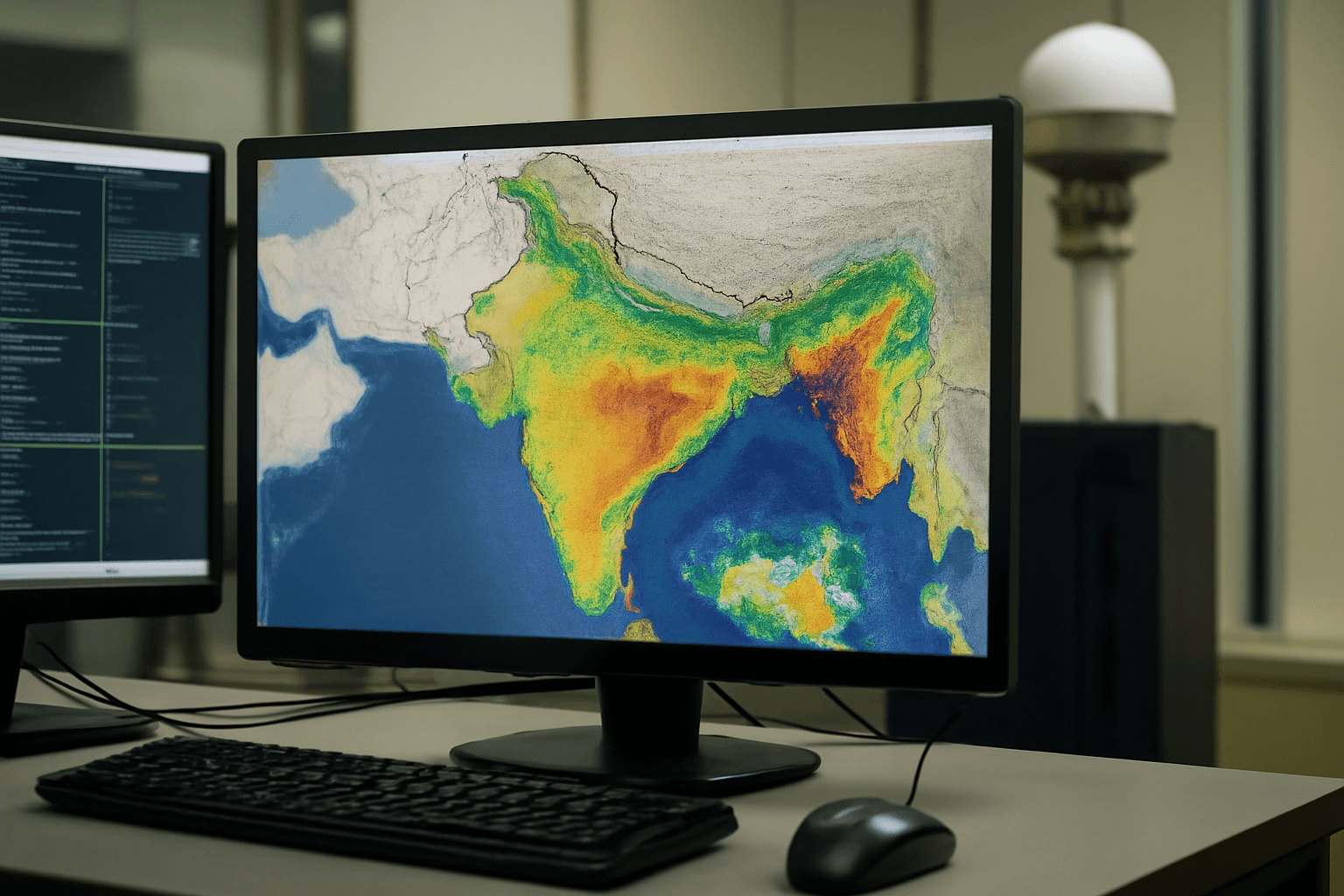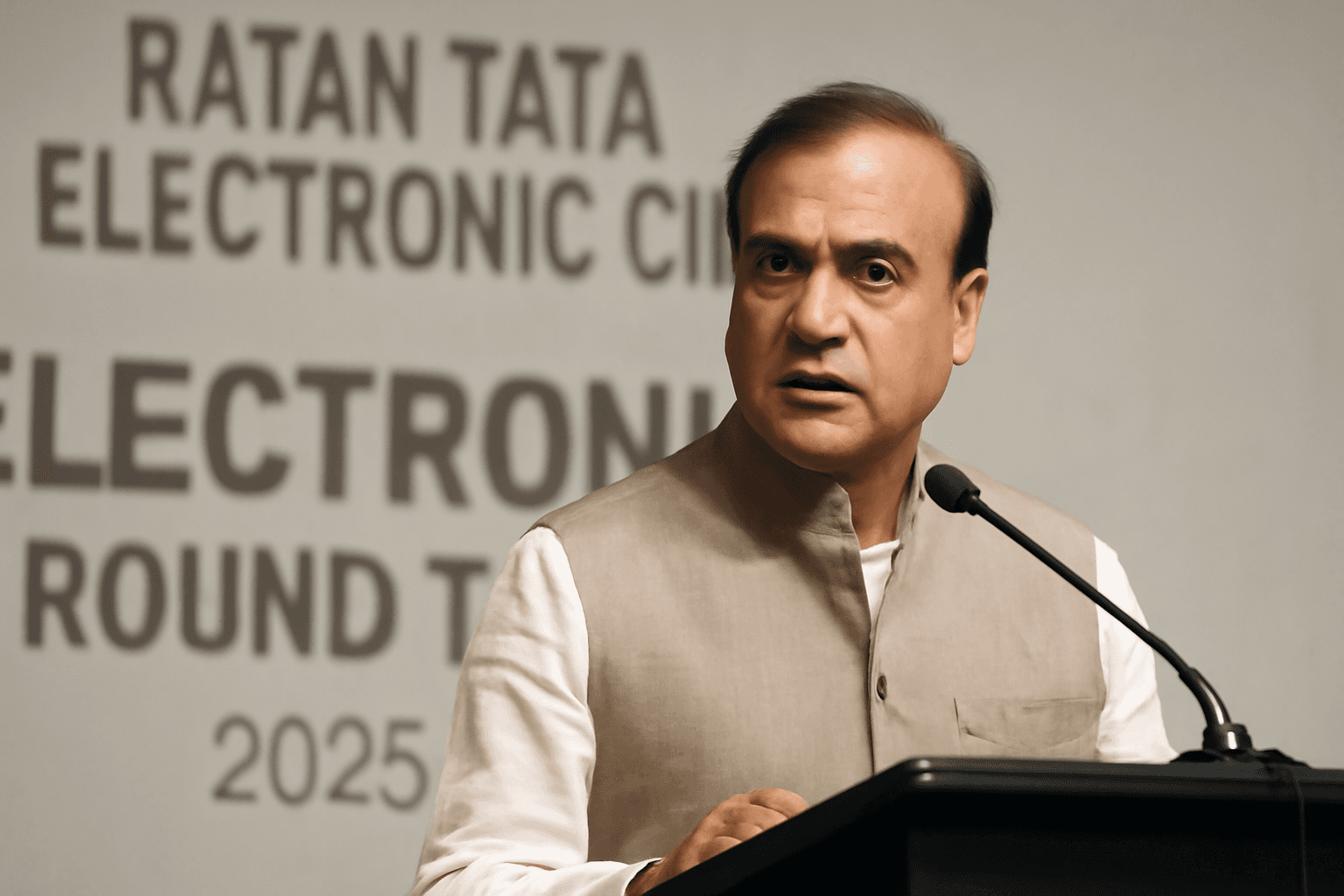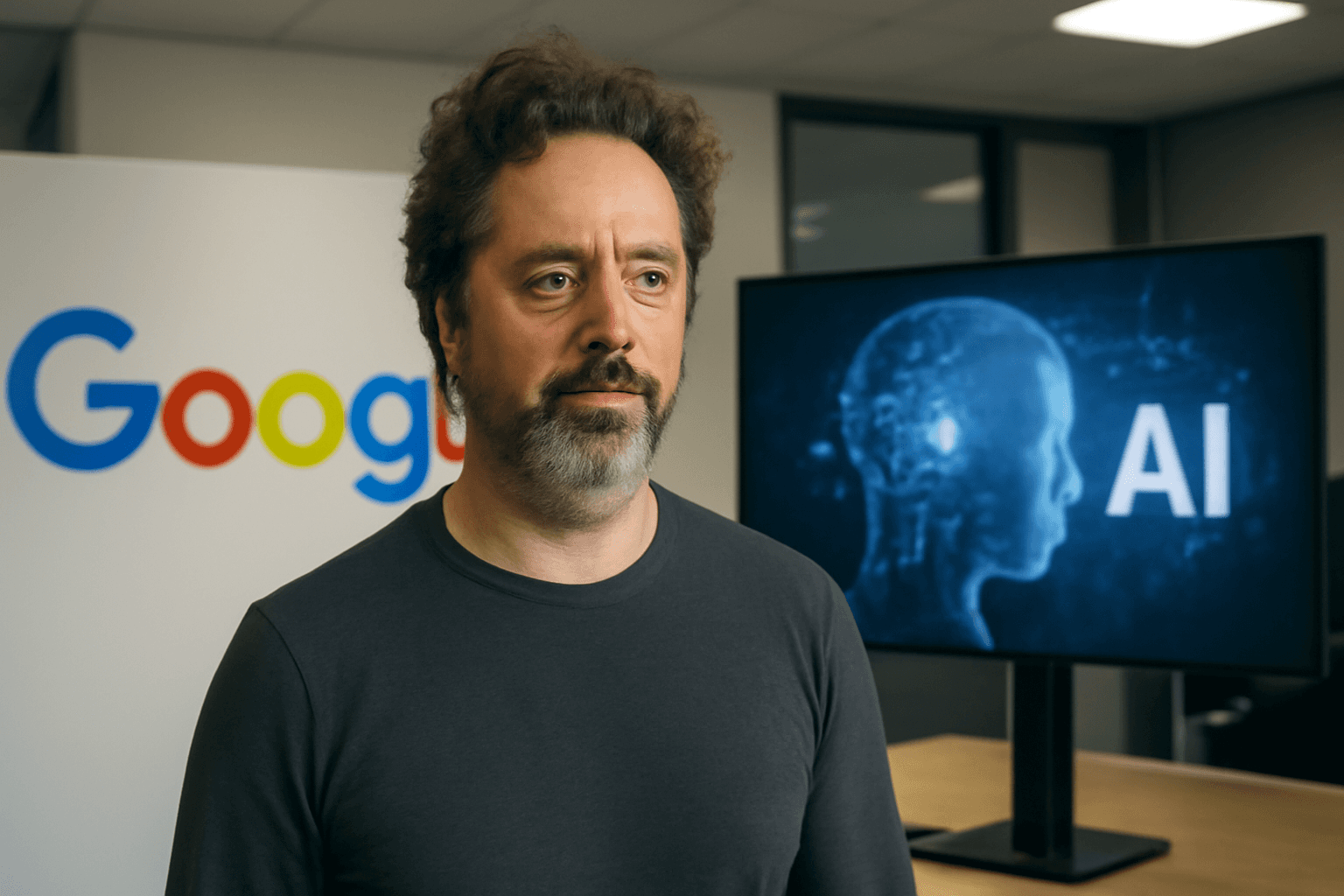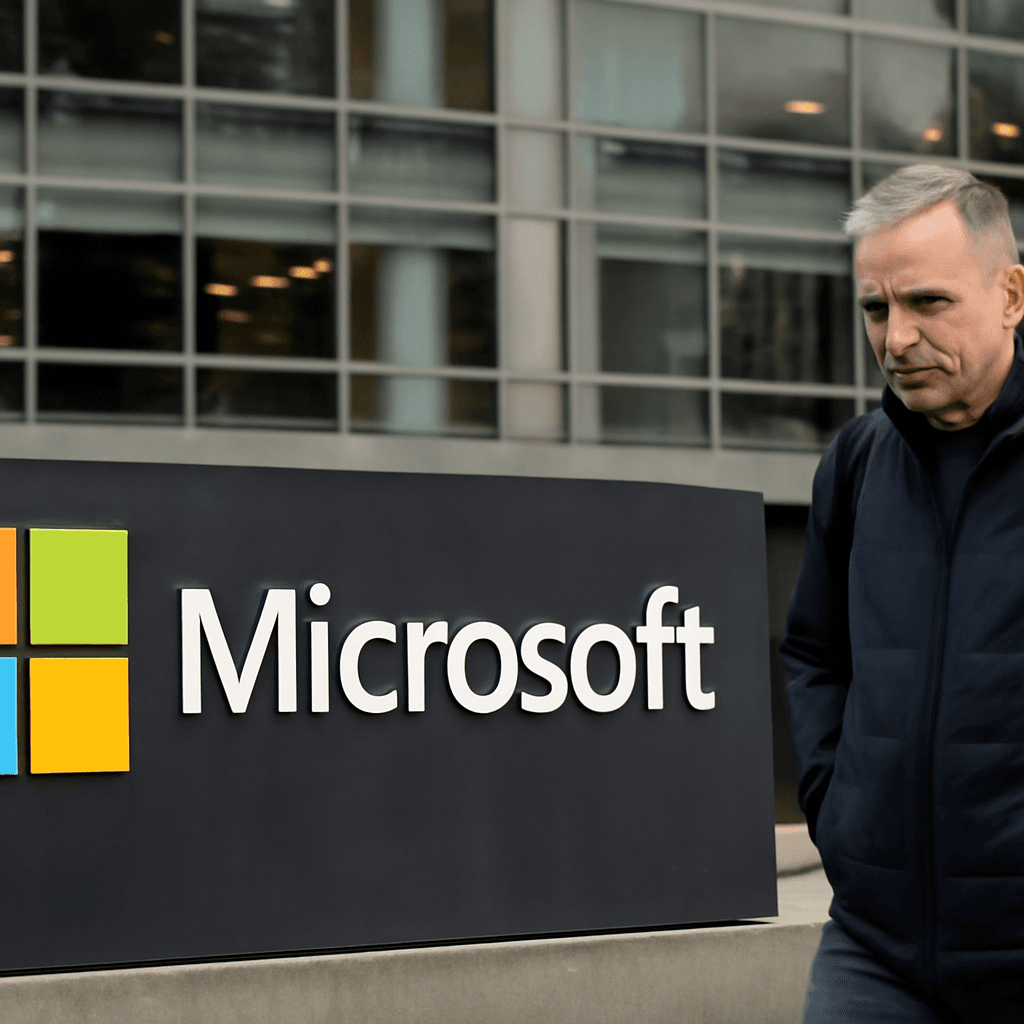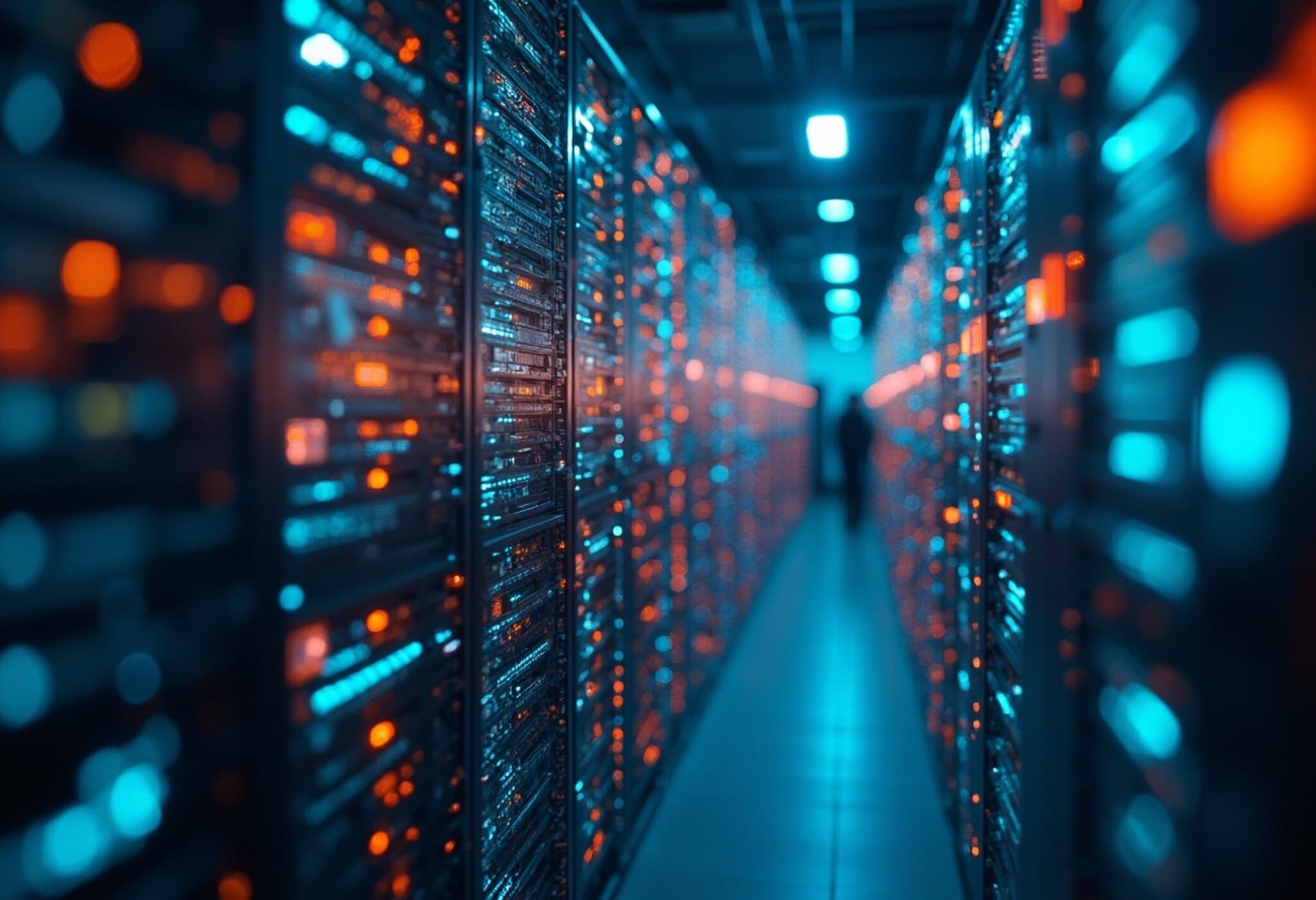AI's Uneven Impact: Young Workers Facing Job Declines Amid Technological Shift
The rapid rise of generative artificial intelligence (AI) is reshaping the American labor market in profound ways. A recent Stanford University study uncovers a striking trend: employment among early-career workers, particularly those aged 22 to 25, has fallen by 13% since 2022 in jobs most vulnerable to AI disruption. This trend raises urgent questions about the future of work and who bears the brunt of automation in an evolving economy.
Key Findings: Who Is Most Affected?
The Stanford research, based on payroll data from millions of American workers provided by ADP—the nation’s largest payroll processing firm—focuses on occupations with varying levels of AI exposure. Fields like customer service, accounting, and software development saw the most pronounced declines among young employees. Meanwhile, workers with more experience in these roles did not see similar employment drops.
In stark contrast, areas less exposed to AI, such as healthcare support roles (e.g., nursing aides), actually experienced employment growth among younger workers. The data also shows modest employment gains for younger workers serving as front-line supervisors in production or operations, though the largest gains in these roles were observed in workers over 35.
Why Early-Career Workers Are Particularly Vulnerable
According to the researchers, early-career workers are disproportionately affected because AI can efficiently replace “codified knowledge”—the rule-based and formally learned skills typically acquired through education. In contrast, the nuanced knowledge gained through years of on-the-job experience remains difficult for AI to replicate, affording more job security to veteran employees.
This divide highlights a crucial gap: younger workers often rely heavily on skills that AI systems can replicate or automate, whereas older workers’ experiential knowledge presents a barrier to automation.
Contextualizing the Broader Employment Landscape
While total U.S. employment has remained steady since the pandemic, the stagnant job growth for young workers illuminated by this study offers an important explanation. The stagnation suggests that AI adoption is reshaping the job market unevenly, exacerbating existing challenges for early-career entrants at a time when workforce participation among young adults is critical for economic vitality.
The study also carefully controlled for external factors like education, remote work trends, job outsourcing, and broader economic changes, affirming that AI’s influence is likely a key driver of these employment shifts.
Not All AI Effects Are Negative: Complementarity vs. Replacement
It is important to note that AI does not universally displace jobs. In many occupations, AI acts as a complementary tool, improving worker efficiency without reducing employment. In these sectors, employment levels have remained relatively stable, underscoring the nuanced role AI plays depending on how it’s integrated into workflows.
Implications for Policy and the Future
This Stanford study, though not yet peer-reviewed, adds growing rigor to debates about AI’s impact on employment—a discussion rapidly gaining urgency across policy circles and industries. The findings suggest policymakers should consider targeted support for young workers facing displacement and invest in reskilling programs that bridge the gap between codified and experiential knowledge.
Moreover, industry leaders need to acknowledge that while AI promises enhanced productivity, it may also require a strategic rethink of workforce development, hiring practices, and employee support systems, especially for millennials and Gen Z entering the labor market.
Expert Insight: Emerging Trends in AI and Employment
Recent commentary from economists flags that the technology sector is already displaying early signs of AI-induced employment shifts, particularly among younger workers. Importantly, as many firms are still in early stages of AI integration, the full impact on job markets may yet unfold in the coming years—making continuous monitoring and responsive policy action vital.
Editor’s Note
This compelling new research from Stanford opens a window into the complex realities at the intersection of AI and the workforce. While automation heralds efficiency gains and innovation, its uneven effects spotlight the urgency of proactive strategies to protect vulnerable worker groups, especially those launching their careers. As AI continues to evolve, balancing technological progress with economic inclusivity will be a defining challenge.
- Who bears the cost of AI adoption in the workforce?
- How can education and training systems adapt to equip young workers with resilience against automation?
- What role should policy play in smoothing the transition toward an AI-augmented labor market?
These questions demand attention—not only from researchers and economists, but also from policymakers, educators, employers, and workers themselves.






